Introduction
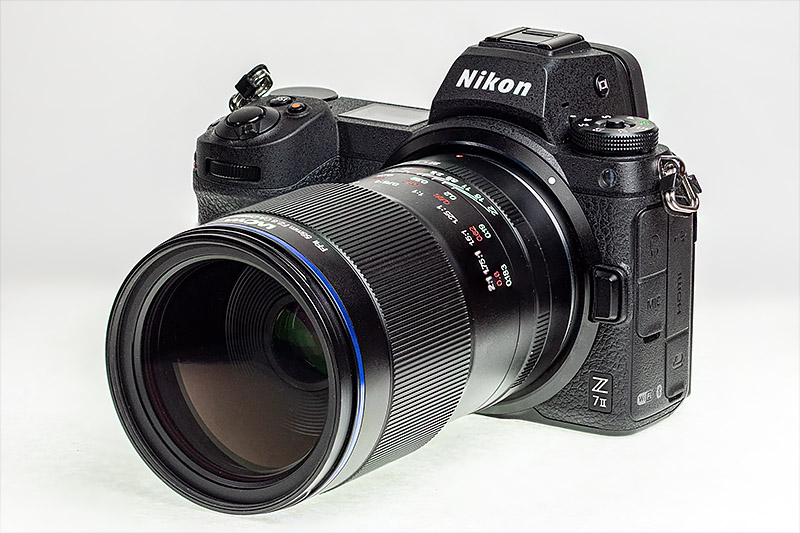 While most popular macro lenses have been in the range of 90-105mm and Laowa themselves having all, an 85mm, a 90mm, and a 100mm macro 2X lens, they opted for making a 58mm lens too, as some macro photographers prefer a wider angle of view or use the lens both as macro and allround lens. Also the perspective might make a difference for some people as you can include more surroundings with a wider lens for the composition. Laowa has shown that they can produce very nice macro lenses during the past few years, let’s see if this one can match them!
While most popular macro lenses have been in the range of 90-105mm and Laowa themselves having all, an 85mm, a 90mm, and a 100mm macro 2X lens, they opted for making a 58mm lens too, as some macro photographers prefer a wider angle of view or use the lens both as macro and allround lens. Also the perspective might make a difference for some people as you can include more surroundings with a wider lens for the composition. Laowa has shown that they can produce very nice macro lenses during the past few years, let’s see if this one can match them!
Sample Images


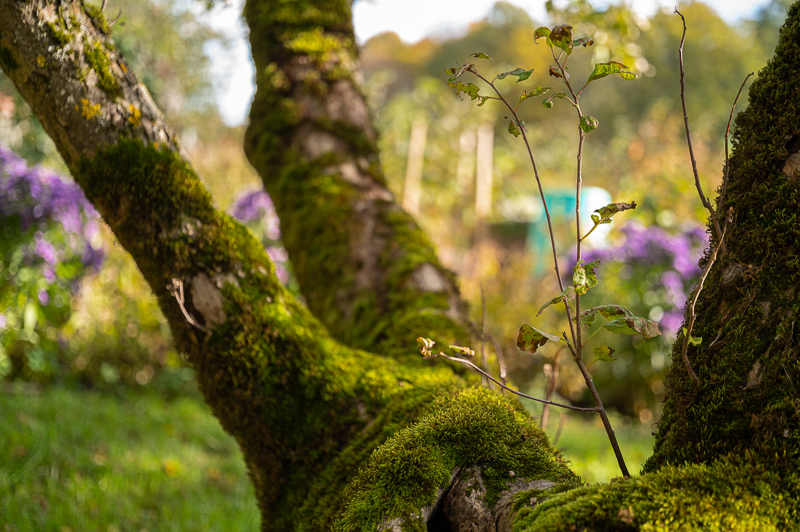

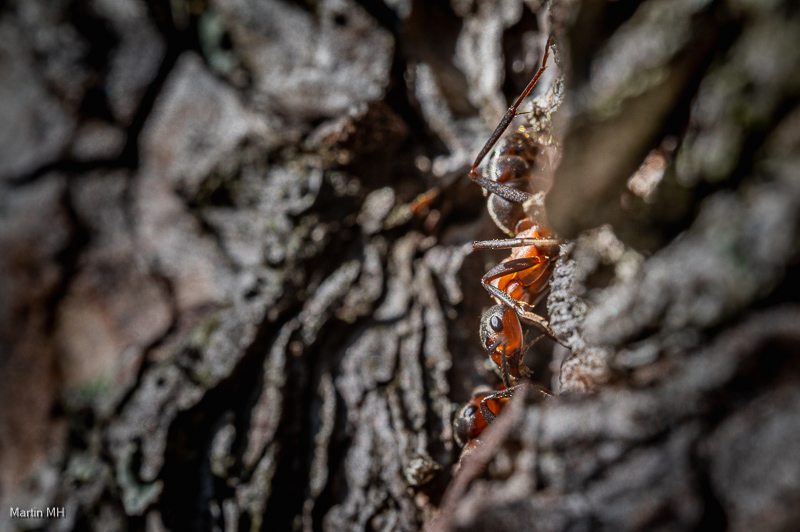
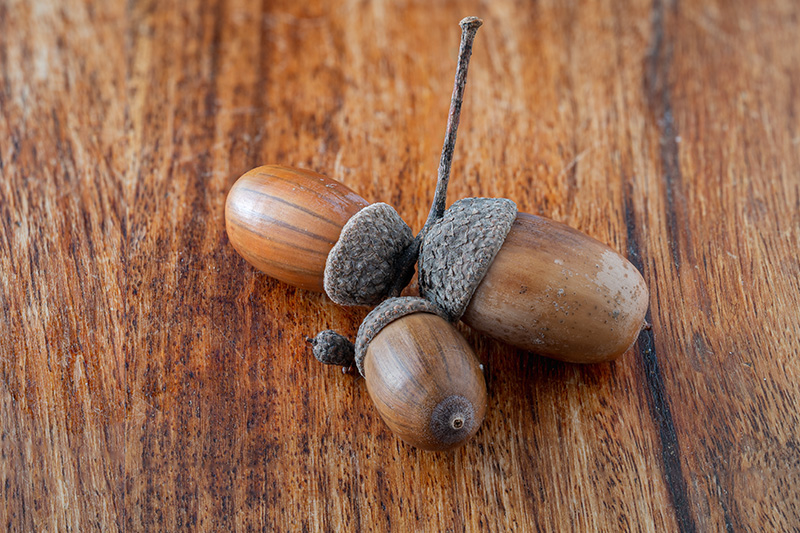
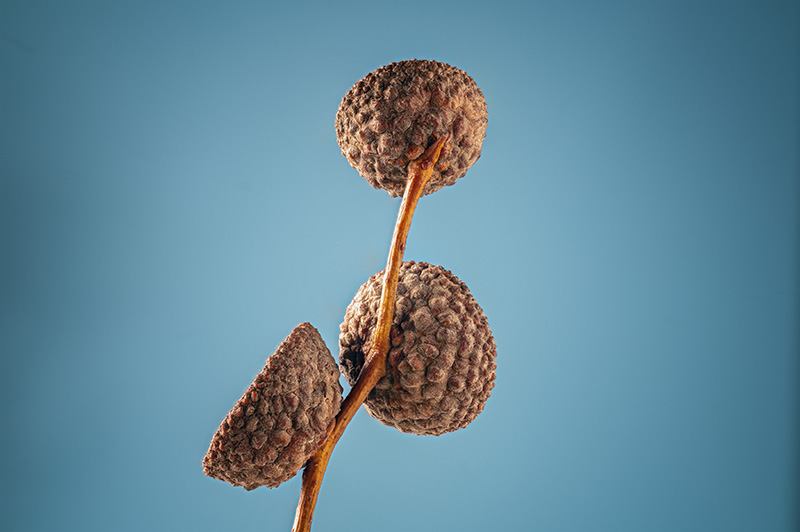
Most of the sample images in this review and many more can be found in higher resolution here.
Specifications
| Focal Length | 58mm |
| Aperture Range | f/2.8 – f/22 |
| # of Aperture Blades | 13 |
| Min Focus Working Distance |
irrelevant (2X magnification) 54 mm at 2:1, 60 mm at 2:1 magnification |
| Filter Size | 67 mm |
| Lens Mount | Canon RF / Nikon Z / Sony E / L mount |
| Weight | About 595 g |
| Size (D x L) | 74 mm x 117 mm |
| Elements/Group | 14/11 |
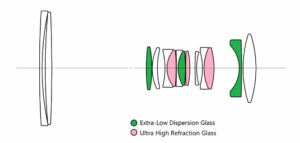
Disclosure
Venus Optics kindly sent this lens to me on loan for testing purposes and the review.
I got a lens that was decentered first, I did most of the sample images and part of the tests with that lens. Then I got a second sample, which also was decentered, I did not use that lens at all. It showed that they had sent pre-production or very early samples. Then they sent a third lens, which was a proper production sample, I did the sharpness test with that lens, I also made a few sample images with the good lens and put them at the end of the bokeh section.
Variations
There are no other versions of this lens to date.

Handling
Laowa FFII 58mm f2.8 CA-Dreamer Macro 2X APO is a fully manual lens without any electric contacts. To me, it seems on the bigger side of the scale for being a 58mm lens and is not that light either. It has almost the same size and weight as its bigger brothers Laowa 100/2.8 2X and Laowa 90/2.8 2X. Both, focus and aperture, need to be set manually on the lens. The lens looks and feels very solid and well-built, entirely of metal, but without any weather sealing.
The focus ring is wide and while very smooth, it has good resistance. It turns about 200 degrees from MFD to infinity, which is very generous. It has internal focusing, the front element does not rotate or move when focusing, which also is good. The aperture ring is also very smooth, it clicks at every full stop only (no half-stop clicks) and the aperture values distances from each other are variable (very long between 2.8 and 4 but very short between 16 and 22. It comes with a hard plastic clip-on lens cap and a lens hood.

Aperture values, distance and depth of field markings, and the lens name are all engraved and filled with paint. Besides the distance markings in m and ft, you can see the magnification ratio on the same scale as well, but the distance and magnification ratio are not accurate, 2:1 magnification is marked at 0.183 m and 1:1 at 0.21 m, about 30 mm distance difference, while I measured it to be only about 6 mm. The distance between the front glass and the subject at 2:1 magnification is about 5.4 cm and at 1:1 about 6 cm. There is a also red dot for aligning the lens when mounting on the camera. That’s all with it; simple, functional, well done, but without any fancy modern features.
Optical Features
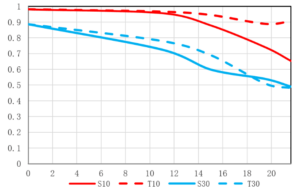
This is a very nice MTF chart, showing very high contrast and sharpness in the center and far out from there. Let’s check how it is in real tests.
Sharpness
All Sharpness tests were done on Nikon Z7II (46 MP Fullframe sensor).
Infinity
Let’s look at three points; center, midframe, and corner in the following reference image as marked in the picture.

- f/2.8: The centre sharpness and contrast are already excellent wide open at f/2.8. The mid-frame is very good, but the corner is lagging, just OK.
- F/4: The centre and midframe sharpness gets even better, not much change in the corner.
- F/5.6: The centre sharpness is at its peak now, it is perfect. Midframe sharpness is excellent, but corner sharpness is just good.
- F/8: The centre sharpness is more or less the same as f/5.6 but not quite, the mid-frame seem to be as sharp as at f5.6 if not a tad sharper, the corner is very good now.
- F/11: There is a small dip in the sharpness all over the frame except in the corner, where it seems to be better now
- F/16: More sharpness decrease everywhere but it is very good indeed
- F/22: Now the sharpness has been degraded to “only” good level or maybe even less than good.
Portrait
Let’s look at the portrait distance at the very centre, the centre’s inner periphery (1/3 rule intersection), and the centre’s outer periphery (mid-frame), points of interest for portraits. (We look at the good quadrant.)
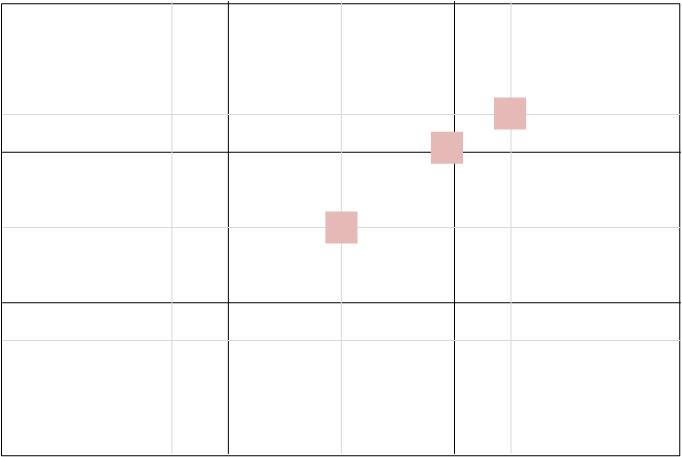
The centre sharpness is excellent at f/2.8 and the inner and outer centre peripheries are not far behind, they are almost as good as the centre. At f/2.8 we have excellent sharpness in all three points and at f/4 the same.






It is excellent at all these three points at both f2.8 and f4. The centre is a little sharper though, and stopping down to 4 makes the image sharper. This level of sharpness for portraits (especially for female portraits) is not appreciated by all, especially if you take the portrait in a tight frame, it is simply too sharp. Fantastic.
Close-up
At macro distances things behave differently, light falls exponentially and sharpness does not follow the “normal” pattern. As this is a macro lens I tested it both at 1X and 2X magnification.
At 1X magnification sharpness wide open at f2.8 is very good, at f4 it becomes excellent. So far so good, but at f5.6 the diffraction effect starts to show itself a little and the sharpness gets a very small hit, the difference is really small though. The sharpness degrades more at f8 and f11, but it’s still very good and good. The image starts to become soft at f16 but the sharpness is good. At f22 it is quite soft and the contrast will suffer as well but still usable.

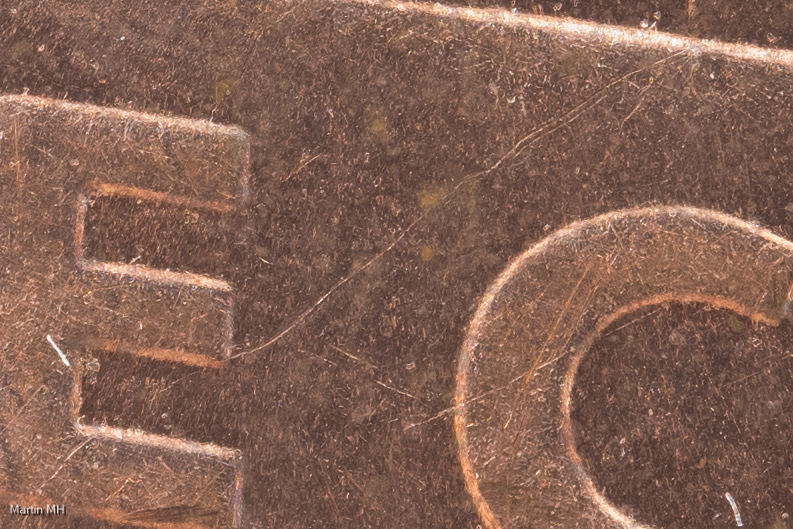





The sharpness at 2X magnification is excellent wide open at f2.8, At f4 the sharpness is still excellent but at this magnification, the diffraction starts eating the sharpness already from this aperture, as it is not as sharp as it is at f2.8. The higher the magnification the smaller the effective aperture opening, which is why diffraction starts earlier at 1X compared to infinity, and it starts earlier at 2X magnification than at 1X. The sharpness deteriorates gradually with each stop, still very good down to f8 and even f11, but about there goes the limit, at f16 the image is soft and f22 it is hardly usable.

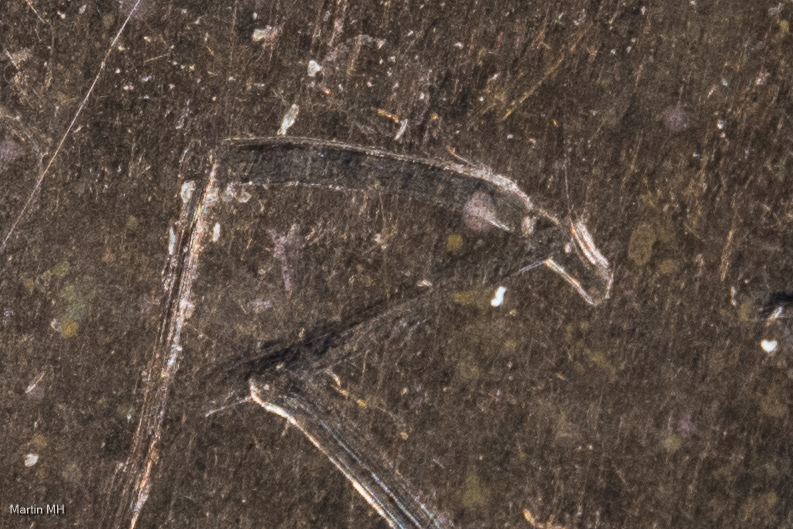


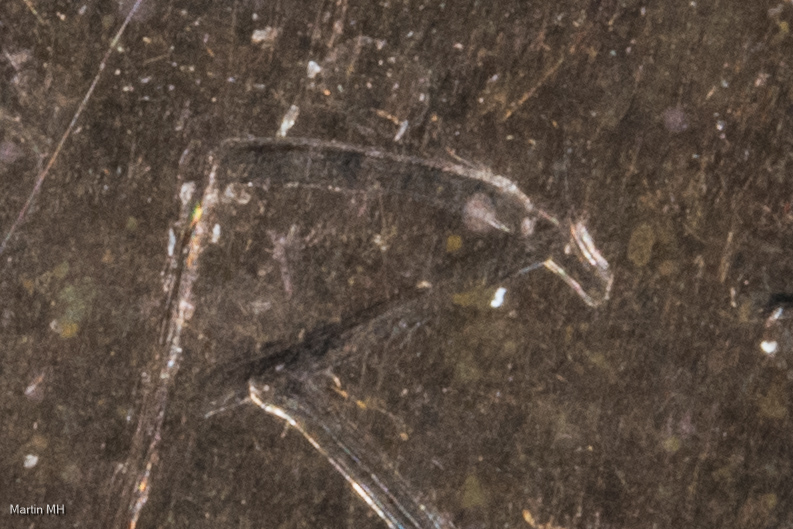
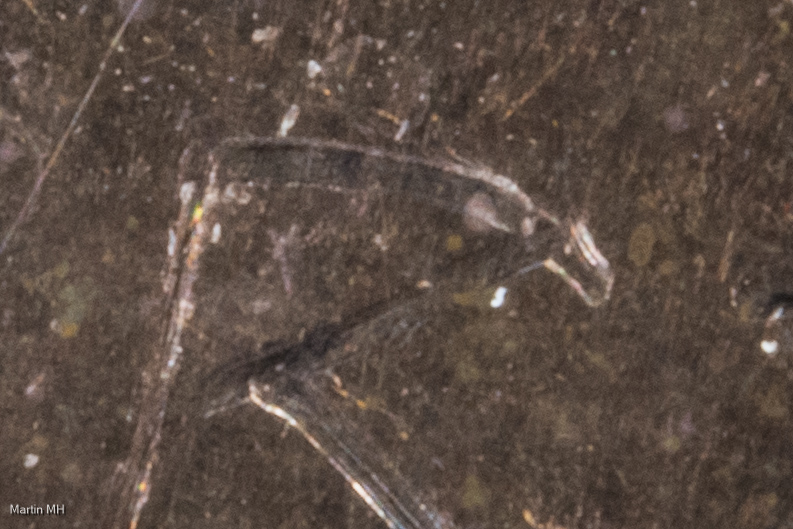

Lens Distortion
There is a very small pincushion distortion when you use the lens at normal photography distances, but it is so small I would not worry about. As this is an ultra macro lens, we check the distortion at 1:1 and 2:1 magnification too, where there is virtually no distortion at all in the picture. It is an excellent performance.
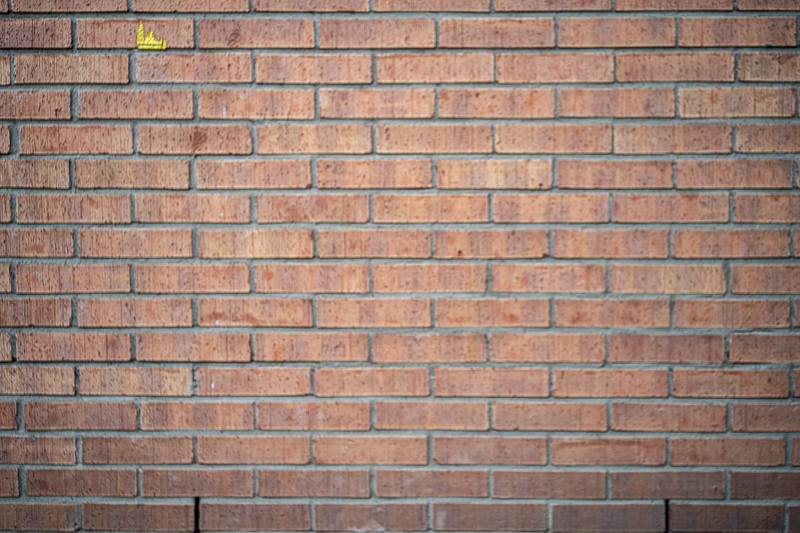


Vignetting
There is about 1 stop of light fall off wide open, stopping down helps, but not drastically. It never disappears completely, by f8 the vignetting is about 2/3 of a stop.
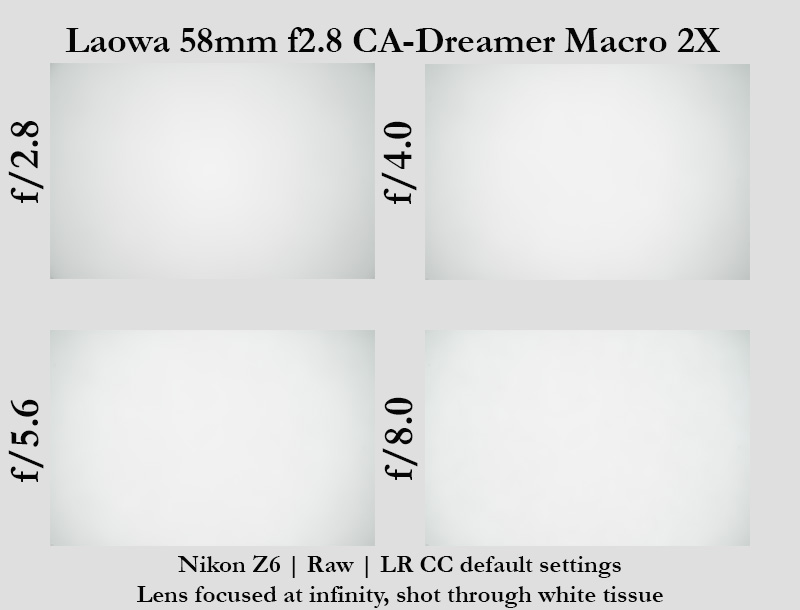
- f/2.8: 1.2 EV
- f/4.0: 1.0 EV
- f/5.6: 0.9 EV
- f/8.0: 0.7 EV
Focus Shift & Chromatic Aberrations
Here the APO design is shown in full splendour. There is no focus shift and the chromatic aberration is unbelievably well corrected. This is an astonishing performance in chromatic aberration correction that is very rare even among brand lenses from Nikon, Canon, Sony, etc. (Focus shift & chromatic aberrations were checked on demanding 46 MP Nikon Z7II).



Flare Resistance
It this category, if you try hard and long, you can get almost any lens to look more or less bad. In case of this Laowa 58mm, you do not need to even try. It is bad. Bear in mind though that many macro lenses have problems in this category.
Coma
Coma is not relevant for macro lenses, not tested.
Sunstars
You should not expect any sunstars from a lens with 13 rounded aperture blades. Sunstars are irrelevant for macro lenses anyway and therefore not tested.
Focus Breathing
The Laowa 58/2.8 2X macro has a very strong focus breathing. This is not unusual for macro lenses to suffer from this affliction but it is massive with this lens. Videographers should look elsewhere.

Bokeh
The bokeh is a very subjective matter and I just can say what I think about it. There are many pictures with blurred background in this section and otherwise in the article. Please have a look and see how you like it. Here I just explain what I liked and disliked.
Macro Distance
The bokeh of any macro lens at 1:2 or greater magnification is so soft that everything easily is melted in the background to a smooth surface, and this lens can do up to 2:1 magnification, so this part is ticked as fine even at smaller apertures
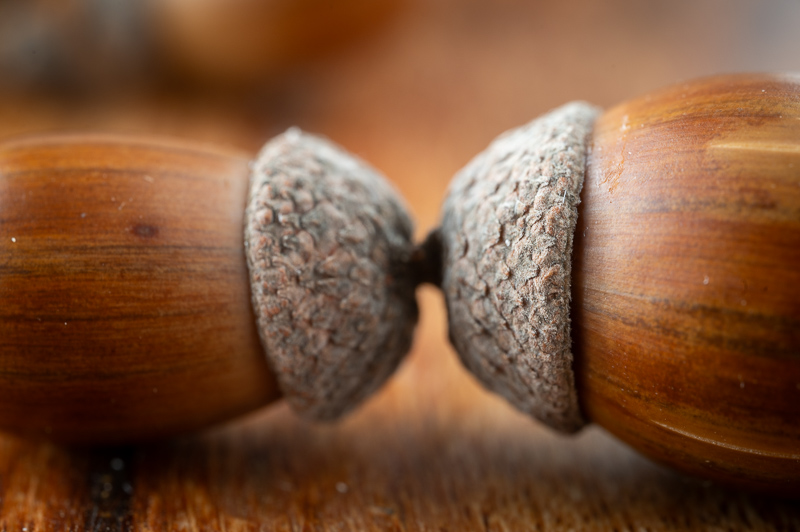
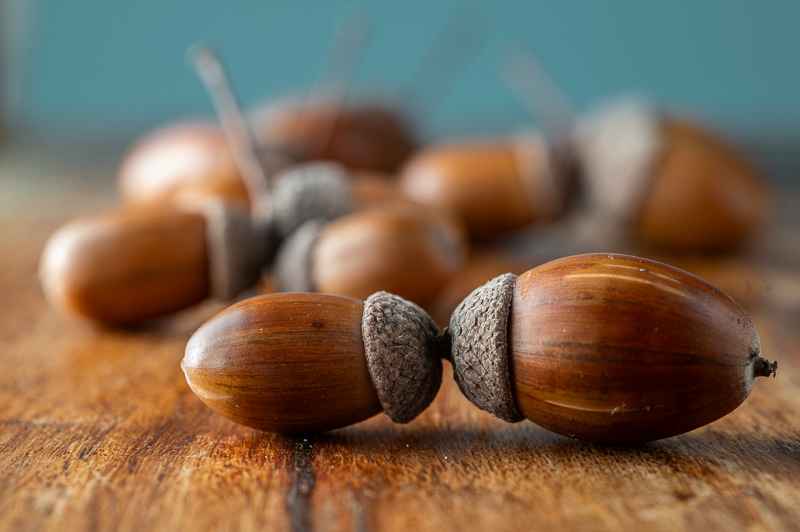
Close Distance
At close distances it is also fine even with contrasty backgrounds
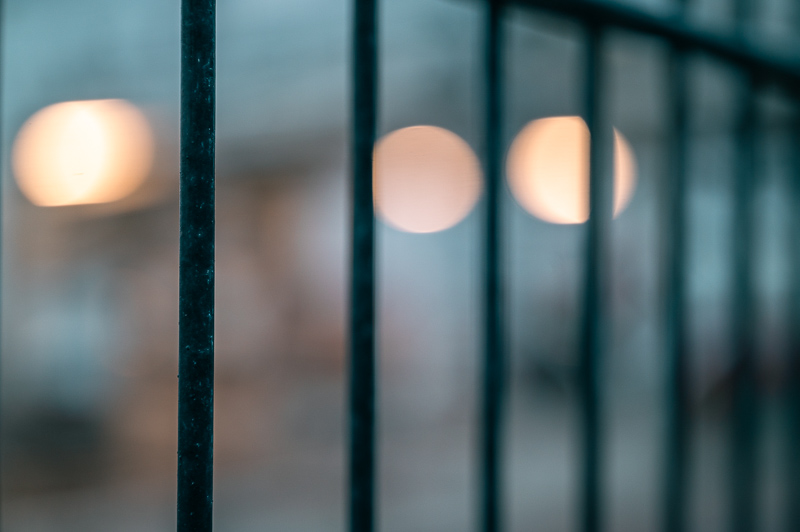
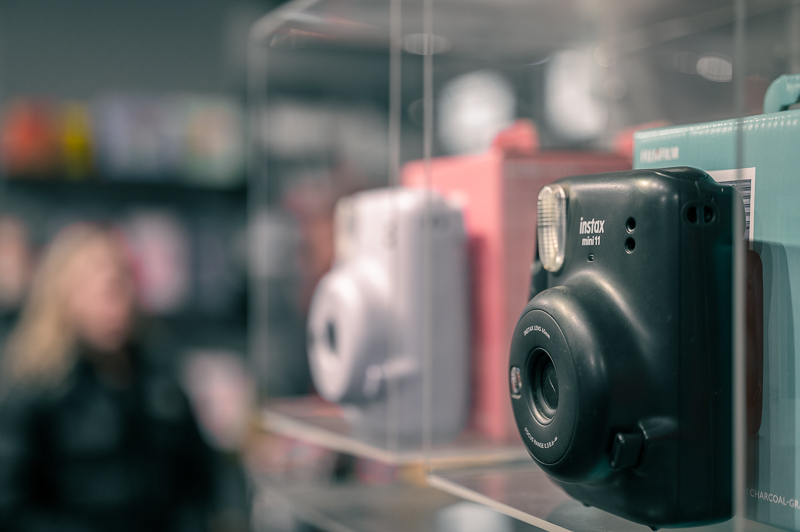
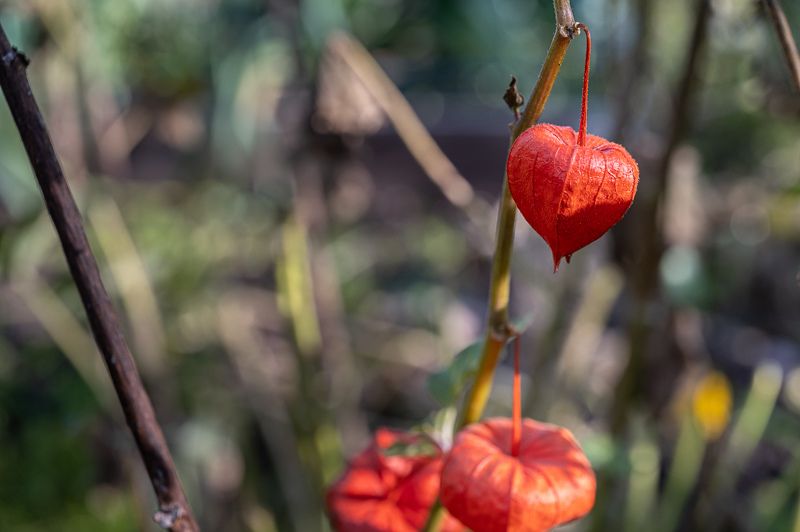
Mid Distance
At mid distance the bokeh quality starts getting questionable. While it’s smooth in most situations, with contrasty backgrounds there is a tendency to double edged structures.
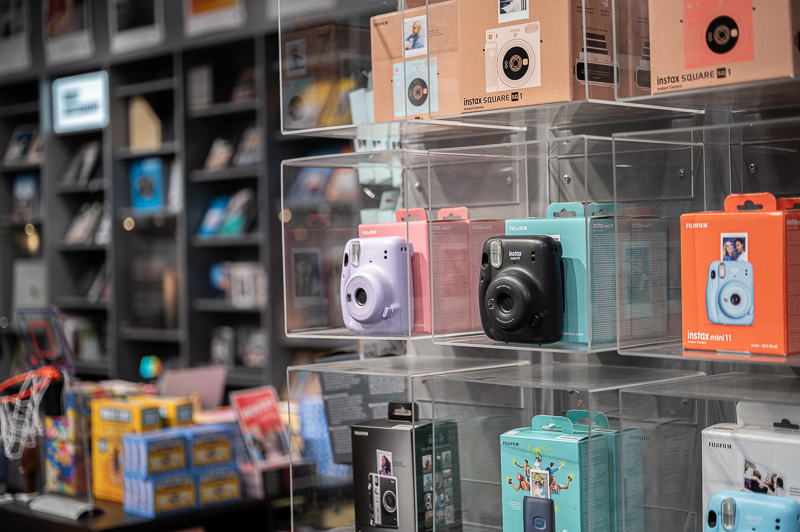

Long Distance
At long distance the tendency to the double edged light details just gets stronger and the transitions get harsh. Look at the grass and foliage in the corners! They are just somewhat busy, not soft.
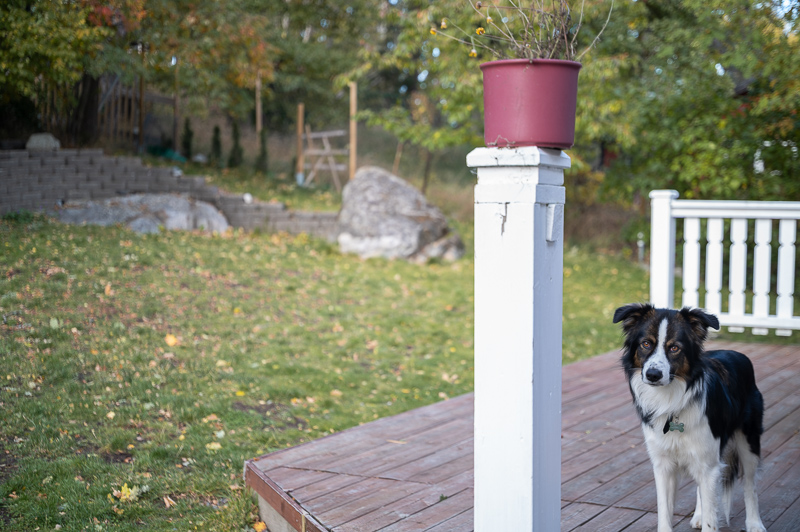

As I mentioned earlier my sample was decentered and this bokeh issue happens in the decentered quadrant. I got a good sample several months later, and revisited the same spot to take a picture for comparison. Here it is:
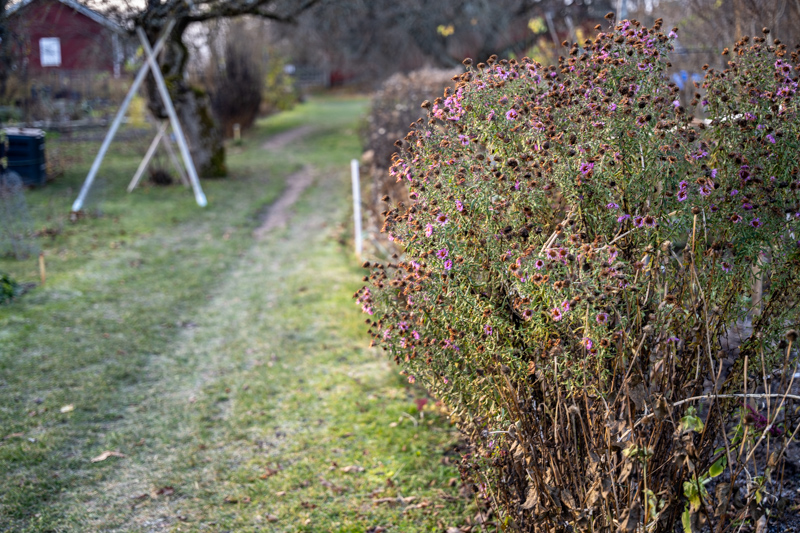
The sky was overcast this time and it is almost winter with a little snow on the grass, so colors are not comparable. but it seems that the bokeh has got rid of its issues and is softer now.
I took a couple of extra images with the new sample, which confirms this. Here they come:

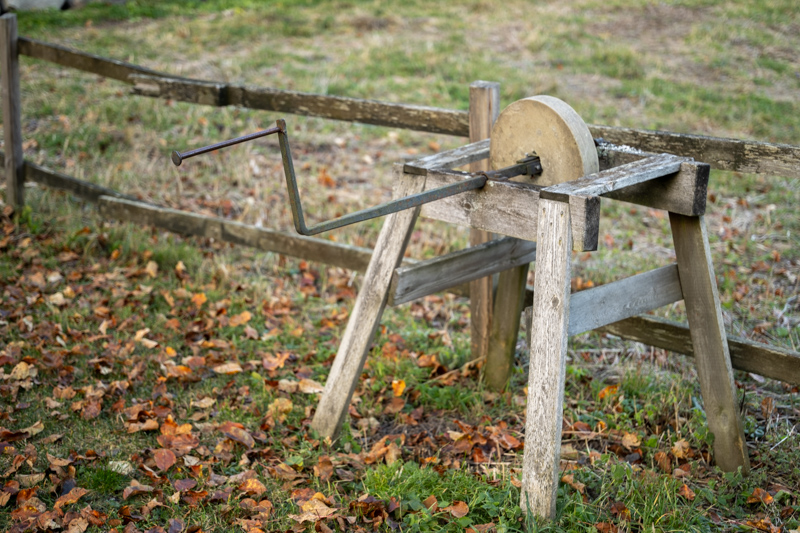
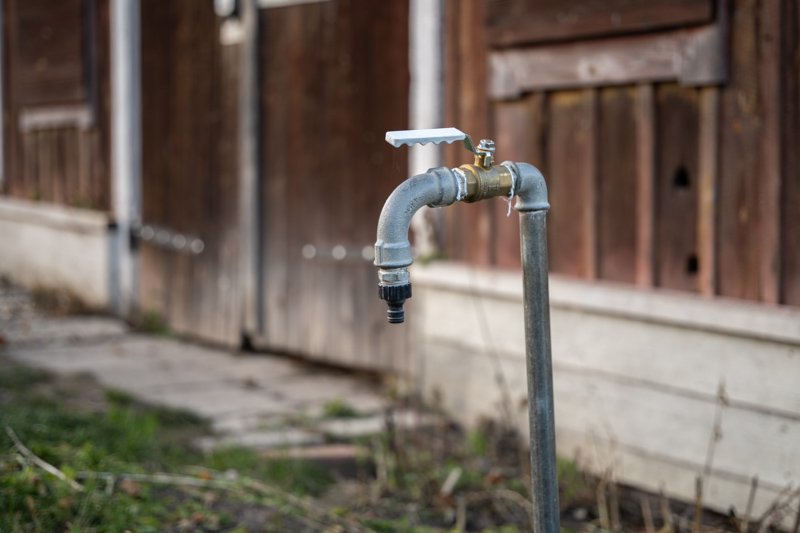
The background out of focus area are softer with a correct lens.
Conclusion
| I LIKE | AVERAGE | I DON’T LIKE |
| Sharpness* Chromatic Aberration correction Distortion Control |
Price Vignetting Bokeh No Autofocus |
Flare Resistance Size No electronic contacts |
The Laowa 58/2.8 is a very sharp lens from wide open e. It is extraordinary sharp in the center of the frame and the area near the center, and even sharper when stopped down one to two stops. The chromatic aberrations control is exemplary and like the distortion is virtually non-existent. It is a very well built lens with good handling and material. The lack of electronic contacts is very irritating, AF would be nice to have for general photography but for a macro lens not necessary. If you want to have a good and sharp macro lens around standard focal length that you also can use for general photography and do not care much about the size/weight, or electronic contacts, then it is strongly recommended. Just make sure that you check your lens for decentering when you get it.
NOTE:
I must also mention that the lenses (two of them) I received first were not new and did not come in original boxes but were wrapped in bubble plastic in normal boxes. So the decentering problem does not necessarily need to be due to the production failure or sloppy quality control, it might have simply been caused during the transportation or by rough handling by its previous user(s), furthermore Laowa told me that it had been a mistake and they had sent two of very early version to me first. The last lens was a proper production sample in original box.
Are you interested in buying this lens or any of the lenses in the Alternatives section, buy your lens via our affiliate link and support our efforts. It won’t cost you a penny and it won’t affect the price, but it will help us a little.
Affiliate Links:
Buy new from the manufacturer LAOWA Venus Lens $499, or
amazon.com, amazon.de, amazon.co.uk, amazon.fr, amazon.com.au $499
Alternatives
Review: TTArtisan 100mm f/2.8 Macro 2x TS
A 100mm complety manual 2X macro lens, which also can do tilt & shift. It can also be used as a short telephoto portrait lens.
Buy new: TTArtisan, $389 (Affiliate links)
Buy new: amazon.com, amazon.de, amazon.co.uk, amazon.fr, amazon.com.au for $419 (Affiliate links)
TTArtisan 100mm f/2.8 Macro 2X
This is the same lens as the aforementioned lens but without the tilt/shift function, smaller and lighter, otherwise no difference. You can buy it with Nikon Z, Sony FE, Canon RF, L-mount, Fuji GFX, Nikon F, and Canon EF directly from the manufacturer’s online store or one of the other affiliate links.
Buy new: TTArtisan $389
amazon.com, amazon.de, amazon.co.uk, amazon.fr for $420-$460 (Affiliate links)
Buy used: ebay.com, ebay.de, ebay.co.uk, ebay.fr, ebay.com.au (Affiliate links)
Laowa 90mm f/2.8 2x Ultra Macro APO
Completely manual as the TTArtisan, with very good optical qualities and sharpness. You can get it in Nikon Z, Sony FE, Canon RF, and L-mount.
Buy from: Manufacturer’s shop $499 (Affiliate link)
Buy new: Amazon.com, Amazon.de, amazon.co.uk, Amazon.fr for $ (Affiliate links)
Buy used: ebay.com, ebay.de, ebay.co.uk, ebay.fr, ebay.com.au (Affiliate links)
Completely manual, with no AF, no camera-controlled aperture, and no EXIF data. Normally not a big issue for macro photographers. Double the magnification power 2x (2:1). Winner of the TIPA World Award 2020 for best macro lens. One of the sharpest macro lenses with the lowest LoCA and with 2x magnification power (2:1). You can buy it with Nikon Z, Sony FE, Canon RF, and L-mount directly from the manufacturer’s online store or one of the other affiliate links.
Buy new: Venus Optics, amazon.com, amazon.de, amazonco.uk, amazon.fr for $499 (Affiliate links)
Buy used: ebay.com, ebay.de, ebay.co.uk, ebay.fr, ebay.com.au (Affiliate links)
Laowa 85mm f/5.6 2x Ultra Macro APO
Completely manual, with no AF, no camera-controlled aperture, and no EXIF data. Normally not a big issue for macro photographers. Double the magnification power 2x (2:1). I included this one also because of its tiny size. With a size of only 53mm x 81mm, it is the smallest and lightest of all 2:1 lenses for full-frame cameras. It is two stops slower than all the other lenses, which is 4 times less light, It also means it is not a dual purpose lens like the others as f/5.6 is hardly an aperture most people use for portrait photography.
Buy new: Laowa Venus Optics, amazon.com, amazon.de, amazon.co.uk, amazon.fr for $499 (Affiliate links)
Buy used: ebay.com, ebay.de, ebay.co.uk, ebay.fr, ebay.com.au (Affiliate links)
More Sample Images
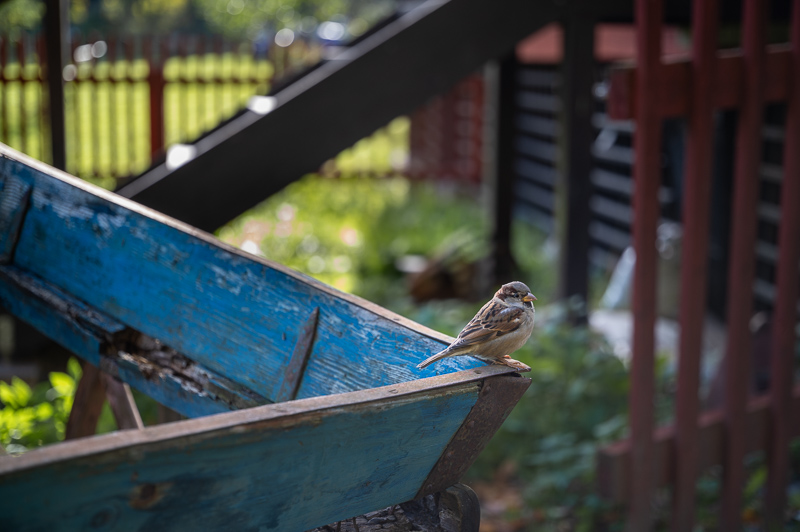


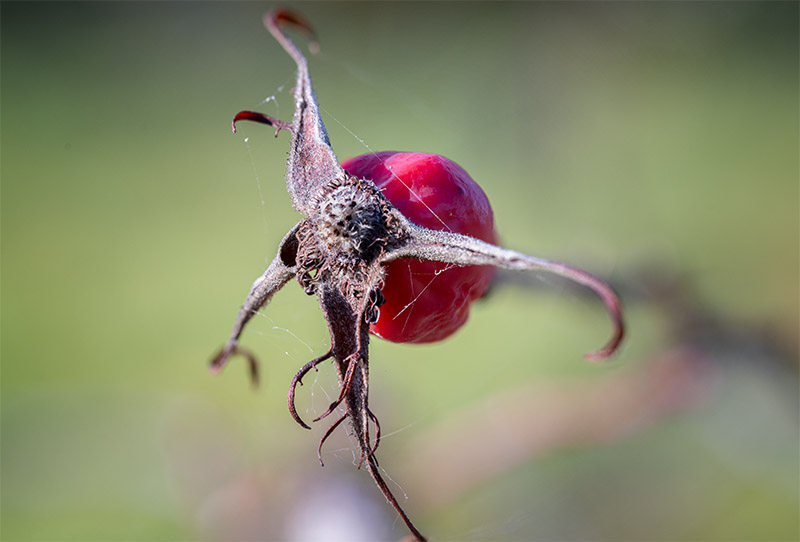
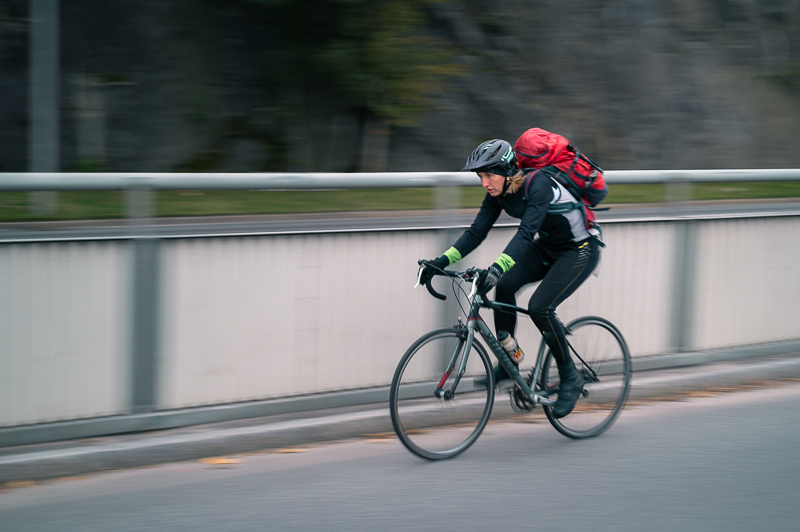
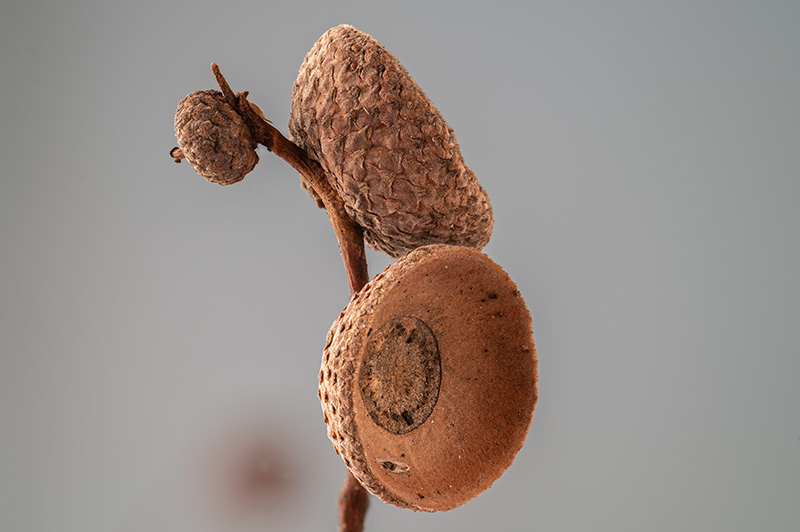

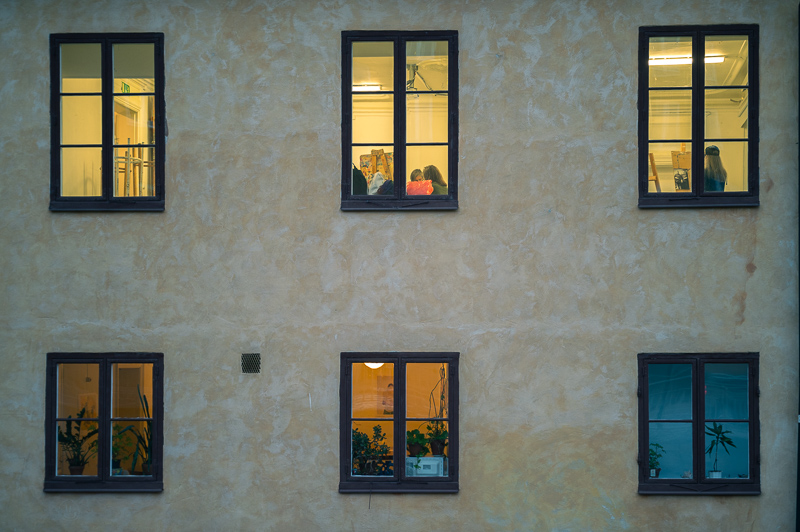
Most of the sample images in this review and many more can be found in higher resolution here.
Further Reading
- REVIEW: TTARTISAN 100MM F/2.8 MACRO 2X TS – A JACK OF ALL TRADES
- LAOWA FFII 90MM F2.8 CA-DREAMER MACRO 2X: GETTING CLOSE!
- LAOWA 100MM F2.8 CA-DREAMER MACRO 2X: A REVIEW
- REVIEW: LAOWA 85MM 5.6 2:1 MACRO
- REVIEW: SIGMA 105MM 1:2.8 DG OS MACRO HSM
Support Us
Did you find this article useful or just liked reading it? Treat us to a coffee! Your donations will enable us to continue providing interesting content for free.
![]()

Donations via Paypal or Bank Card
This site contains affiliate links for which I may receive a small commission if you make a purchase via the links at no additional cost to you. This helps support the creation of future content.
Martin
Latest posts by Martin (see all)
- REVIEW: 7Artisans AF 24mm f/1.8 - January 4, 2026
- Analogue Photography: Part 4 – Ilford HP5 Plus at a Historical Engine Factory - December 3, 2025
- REVIEW: 7Artisans AF 10mm f/2.8 (APS-C) - November 30, 2025




Nice review. What about CV 65mm FE as an alternate esp used ones are selling for $450-500 from Map Camera on ebay? It can be adapted to Nikon as well.
https://phillipreeve.net/blog/voigtlander-65-f2-apo-macro-review/
1:2 vs 2:1 no?
Yes.
Thanks. They are not comparable, the CV can do only 1:2, while these lenses here can do 4 times more magnification (2:1).
Great review – thanks. One question: given this is a manual lens, what focus rail did you use to get 30 plus images stacked? Also – generally speaking – is it better to use a focus rail or the internal focus shifting capability of the Z6?
Thanks. I use NISI NM-200. Nikon’s auto-stacking function is nice but does not work with manual focus lenses.
Generally, I prefer the rail for this amount of shots and details, as I can not figure out the distance between the steps in Nikon’s stack steps, so it is not predictable if the DoF is enough for the steps and also difficult to pre-calcualte how many shots you need to cover the whole subject.
Using a Hejnar rail myself, he makes some very nice stuff for the money IMO and will be brutally honest about what will and won’t work as you approach higher magnifications…
Rails can look deceptively simple at first but machining them so there’s no backslash and wobbling can be challenge, the better manual ones (like that Nisi IIRC) allow you change the orientation of the sled clamp and also decouple it from the main screw drive so that you can quickly reposition, some kinda scale on the turning knob is nice too…
I’m a newbie when it comes to macro tbh but went down a rabbit hole when I got my Laowa 100/2.8 and it was obvious that a) their collar sucks (both versions, I found a better 3rd party one) and b) at these magnifications every little bump and nudge is huge.
Interesting rail, Hejnar. There is no macro rail from NISI named IIRC. Not sure what you are referring to. They have NM-180 and NM-200S (previously NM-200).
Yes, it requires much less than a little bump and nudge to ruin the stacking at such magnification.
IIRC = if I recall correctly :p
I just meant that the NISI had that feature I mentioned (if I remember right, heh), where your can change clamp orientation.
Ah, yes, you can change the clamp orientation, it has built-in quick release plate for the camera and the rail itself is built like a long Arca Swiss plate, so it can be mounted directly on tripods with such a system, It also has 3/4″ screw-in in case your tripod isn’t Arca Swiss compatible.
No insect marco pictures on the front page please! For god’s sake!
Bonjour, et Merci !
Sounds good, thank you for the reviews!
Alternatifs…
The links of the TT 100 go all to the Tilt/Shift versions and for 499€
Both the TT versions have TL in their name…, is that right?
Thank you!
Thanks. One of the names should be without T/S. In the past both T/S and non-T/S lenses were sold from the same page, you could select if you want it with or without T/S.
It seems that is gone. I’ve TTA how it is with it and when I get the response, I’ll update that.
Thanks for pointing out.
The names in the Alternatives are corrected.
Regarding the 100mm macro without T/S sales, I double checked with TTArtisan. It seems that I have been too fast and revealed some pre-released info.
The 100mm macro 2X is not available in their store yet, but will be released for sales in the beginning of 2024.
OK
Thank you for that update!